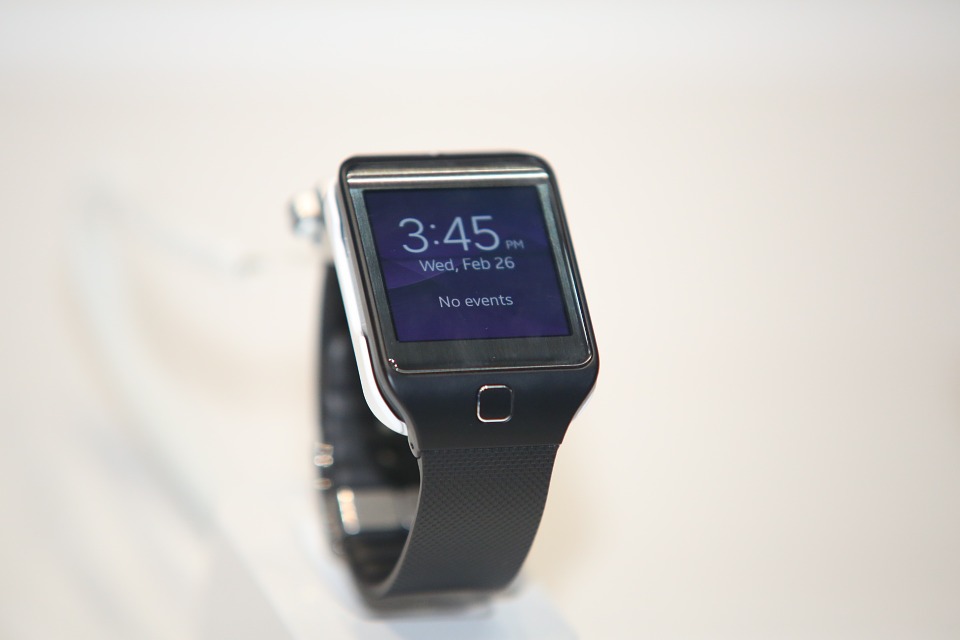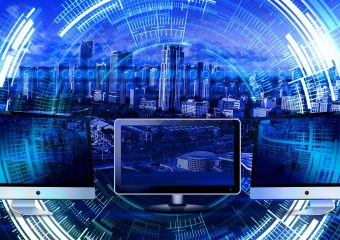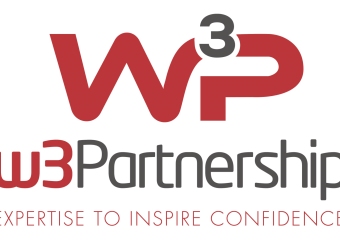IoT is everywhere, but what do you do with the data?
The Internet of Things (IoT) has opened up a whole new world of information for many businesses. Data collected by smart devices and sensors is telling us more about customers and how products are being used than ever before.
From fitness trackers and domestic appliances to connected cars and industrial machinery, IoT devices are appearing in many areas of our lives. As these devices become ubiquitous, collecting data on many aspects of our day-to-day life and work will be easy. But data in itself is one thing, it’s only of value if you can do something useful with it. Given the volume of data that’s produced by IoT devices, this presents a conundrum for business owners: how do you sort the useful data from the noise?
Data processing – As old as the Egyptians
While the IoT provides plenty of data, it tends to be in an unstructured form. This means that traditional database tools are not suitable for processing it. Instead, a range of new-generation tools such as NoSQL databases such as Hadoop have grown up to take advantage of it.
This can be approached as a batch process, running queries against large volumes of collected information. But it can also be a real time process. A good example here is smart meters which can provide the data energy suppliers need to accurately manage peaks in demand. Data from smart devices can, of course, be combined with that drawn from traditional sources including customer records in order to provide a bigger, more accurate picture.
It’s important for businesses to address consumer concerns too. If data is being collected, people want to know that it’s being managed in a safe and secure manner and that the information is being used responsibly. We’ve already seen companies being criticised for collecting data from IoT connected children’s toys for example.
The impact of IoT
Data from smart devices is set to have an impact in a number of different areas. We can already see this in solutions such as retailer apps for smartphones that use location data to detect when a user is near to a store and notify them of special offers.
As more data is collected, it has the potential to help enterprises improve decision making, spot trends and improve market agility. Of course it can work within the business too, data collected from smart machinery can help to draw up more efficient maintenance schedules and spot minor problems before they turn into major ones.
In order to deliver on the promise of the IoT, businesses need to think not just about how they use the new data but how they can combine it with existing information sources to deliver better services to their customers and to work more effectively with their partners and suppliers.
There’s no doubt that all of this presents some major challenges, both technical and managerial, but if businesses can get it right with the assistance of specialists such as W3P, there’s a great deal of economic value waiting to be unlocked from IoT data.




